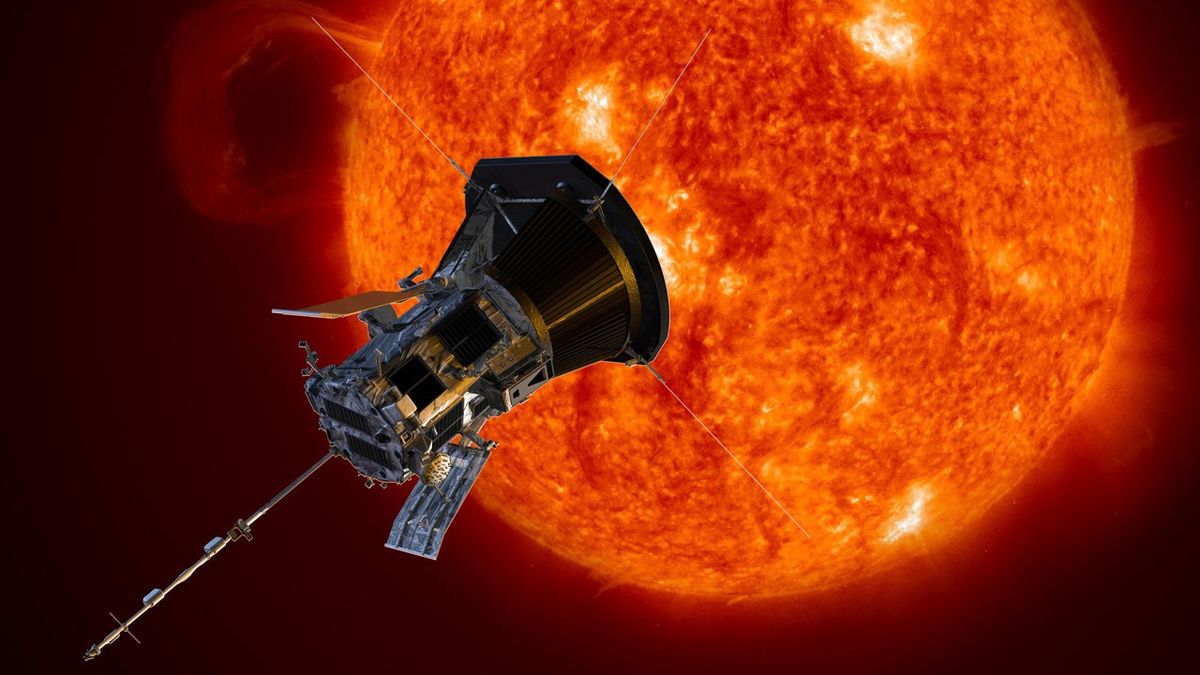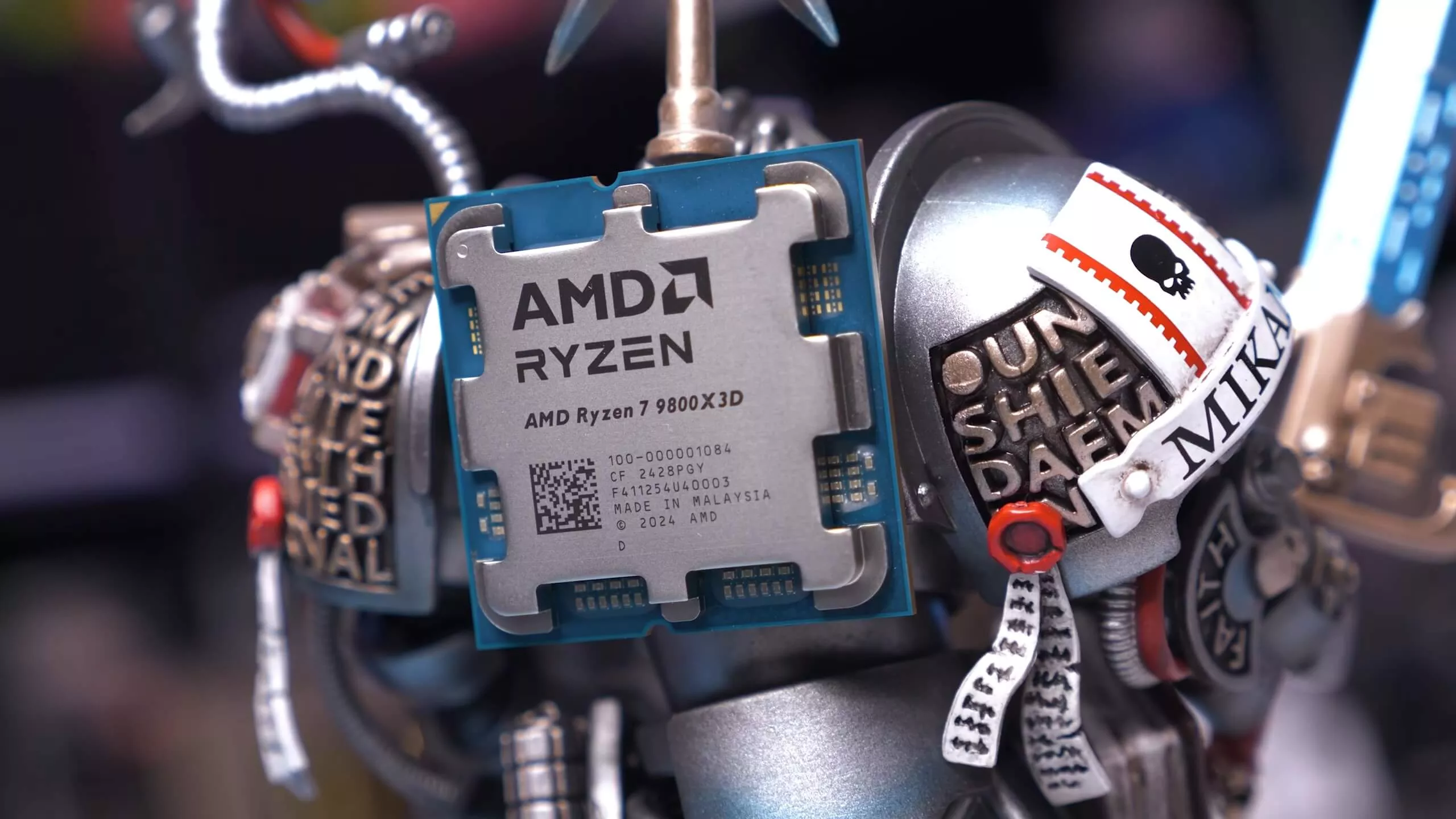Roger Caiazza
I recently submitted comments based on my analysis of the New York State Research & Development Authority’s auction proceed investments from the Regional Greenhouse Gas Initiative (RGGI) and my findings could be of interest to many. Cap-and-invest programs like RGGI are frequently touted as a program that will kill two birds with one stone. “It simultaneously puts a limit on the tons of pollution companies can emit — ‘cap’ — while making them pay for each ton, funding projects to help move the jurisdiction away from polluting energy sources — ‘invest.’” Advocates praise RGGI as a successful model for cap-and-invest programs citing observed emission reductions and the quantity of funds raised. It is always good to remember that past results offer no guarantee of future performance. In this case, however it is even worse, closer examination indicates that past results were not as successful as commonly believed.
Background
I am not going to provide detailed backup for the numbers in this article but at the end I have provided sources for the information presented as well as links to the comments submitted for a couple of New York proceedings. The RGGI webpage and my RGGI page have background information on the program itself.
Proponents claim that RGGI has been successful for three reasons. The program has successfully raised funds for transition efforts because New York’s share of proceeds since 2009 is more than $2 billion. New York electric utility reductions have come down nearly 50% since 2000 while RGGI has been in place. Finally, they claim that funding has prompted effective investments for the energy transition. My analysis shows that RGGI is batting only one for three. Moreover, there are unacknowledged risks for RGGI and future cap-and-dividend programs.
Success – RGGI Raises Funds
Fifteen years ago, when RGGI was started, no jurisdiction in the US had a cap-and-trade program that relied on auctions to distribute allowances. RGGI successfully set up the infrastructure to auction the allowances, track the purchases, and ensure compliance. Currently cumulative proceeds exceed $8.6 billion for all RGGI states and $2 billion just for New York. This is an unquestioned success.
Failure – RGGI Affects Emissions
However, the implicit claim that RGGI had something to do with the observed emission reductions is wrong. In a classic bait and switch deception, proponents accurately state that electric utility emissions have come down 50% since 2000 but don’t acknowledge RGGI’s role. For starters, RGGI did not begin until 2009. As shown in the Figure 1, reductions were primarily due to fuel switching from coal and oil firing to natural gas. I believe that the fuel price differential for natural gas was much greater than the added cost of RGGI allowances and thus the main driver of the observed reductions.
Figure 1: New York State Electric Generating Unit Annual CO2 Emissions by Fuel Type

Emissions are from EPA Clean Air Markets Program Data
Failure – Effective RGGI Investments
There also are issues with the effectiveness of RGGI investments for the net-zero emission transition. The observed cost effectiveness of emission reductions is poor.
NYSERDA program funding status reports estimate the emission savings from their program investments. According to the latest report, the total cumulative annual emission savings due to NYSERDA program investments through the end of 2023 that directly or indirectly affect electric generating source emissions is 1,405,513 tons. That means that emissions from RGGI sources in New York would have been only 3% higher if the NYSERDA program investments did not occur. According to the funding status report, cumulative combined costs for those programs was $801 million which means that the cost per ton reduced is $818.
The Semi-Annual Status Report through December 2023 describes the NYSERDA funding priorities for the auction proceeds: “The State invests RGGI proceeds to support comprehensive strategies that best achieve the RGGI CO2 emission reduction goals” and goes on say: “These strategies aim to reduce global climate change and pollution through energy efficiency, renewable energy, and carbon abatement technology.” In the latest report the total emissions savings was 2,084,317 tons at a cumulative cost of $1,150 million which means that the cost per ton reduced is $552.
My most recent work has concentrated on New York’s auction proceed investments. Lest you think that New York’s dismal reduction effectiveness is an outlier, I evaluated the investments and savings in the 2022 investment proceeds report for all the RGGI states last summer. Table 1 shows that the New York estimates are consistent.
Table 1: Summary of RGGI Investments in Categories that Provided Emission Reductions

These results indicate that the estimated cost per ton reduced is not cost-effective. The New York State Value of Carbon guidance “establishes a value of carbon that can be used by State entities to aid decision-making and used as a tool for the State to demonstrate the global societal value of actions to reduce greenhouse gas emissions.” In 2024 the social cost of carbon dioxide is $57.25 at 3% discount rate, $132.09 at the central value 2% discount rate, and $430.75 at 1% discount rate. The observed $552 per ton cost effectiveness of the NYSERDA RGGI auction proceeds is well above the social cost of carbon estimates so when using this metric NYSERDA investments are not cost effective. RGGI effectiveness estimates are similar.
Risk– RGGI Compliance
There is another program success metric – compliance with the emissions cap. NYSERDA has not acknowledged that RGGI has a compliance mandate and is risking the ability of affected sources to comply with the cap. NYSERDA does not prioritize programs that affect electric sector emissions either directly funding development of zero-emission resources that displace generation or indirectly by funding energy efficiency and energy conservation programs that reduce the generation required. Historically, one third of the proceeds invested go to programs that increase electric sector emissions by increasing load with investments in things like electric vehicle infrastructure. The latest operating plan proposes investing only 22% to programs that directly, indirectly, or could potentially decrease RGGI-affected source emissions. Programs that will add load that could potentially increase RGGI source emissions total 37% of the investments. Programs that do not affect emissions are funded with 29% of the proceeds and administrative costs total another 8%.
The unacknowledged ramification of NYSERDA’s program funding priorities is illustrated in Figure 1. There are no more opportunities to switch fuels. Future reductions must come from effective investments in programs that reduce emissions at the electric generating units. If there are insufficient investments, there will be compliance problems because the only remaining way for the affected sources to comply with RGGI is to reduce operating or shut down. The risk is an artificial energy shortage affecting electric system reliability. I do not think that is appropriate. It is a perfect example of transition policies doing more harm than good.
Discussion
Danny Cullenward and David Victor’s book Making Climate Policy Work describe one aspect of cap and invest programs that no advocates acknowledge. They note that the level of expenditures needed to implement the net-zero transition vastly exceeds the “funds that can be readily appropriated from market mechanisms”. The inefficient observed cost per ton reduced exacerbates this problem.
In a rational world, Cullenward and Victor’s conclusion and the observed poor performance would prompt New York to make electric system emission reduction investments a priority for RGGI revenues. It gets worse because New York’s net-zero emissions transition program is really a Green New Deal that includes a mandate that 35%, with a goal of 40% ,of all benefits will be directed to disadvantaged communities. If that were the only distraction from the need to focus on electric sector emission reductions that might be overcome. However, the latest NYSERDA operating plan proposes allocating more money to programs that do not affect emissions (29%) than to programs that affect electric sector emissions (22%). The programs that don’t affect emissions include $18.5 million for the “Climate Action Consumer Awareness & Education” that proposes to fund “increased awareness and understanding of the critical need for and benefits of climate action in New York State”. In other words, overt propaganda to convince people that they should care about a problem New York cannot solve on its own and be grateful to convert to more expensive, less reliable, and more environmentally impactful energy sources. New York is not in a rational world.
Conclusion
Anyone who thinks that a market-based program that caps GHG emissions and invests proceeds from a poorly disguised tax will work as advertised is going to be disappointed. The RGGI model has successfully raised funds. That is the easy part. The observed reductions to date have not been the result of RGGI. The effectiveness of auction proceed investments is poor and there is no reason to expect that will change enough to provide sufficient future emission reduction targets achievable. Moreover, the compliance obligation carries significant potential reliability risks if the program sets a compliance reduction trajectory based on political goals instead of a rational assessment of what can be achieved.
I see no way that this approach will end well.
*************************************************************************************
Documentation
Documentation is available in the comments I submitted to NYSERDA on its Regional Greenhouse Gas Initiative (RGGI) Operating Plan Amendment for 2025 and in my public statement and documentation to the New York Assembly Committee on Energy as part of its public hearing on NYSERDA spending and program review. The data presented are available in a spreadsheet.
Relevant blog posts at Pragmatic Environmentalist of New York
Comments on RGGI Performance and Implications for NYCI summarized the submittals and other articles.
New York NYSERDA RGGI Funding Status Report Status Through 2023 described the observed emission reduction trend.
Implications of NYSERDA RGGI Funding Status Report Status Results described data from Semi-Annual Status Report through December 2023 including the cumulative annual costs of investment programs and annual tons of carbon dioxide equivalent (CO2e) saved by the investments..
Implications of NYSERDA RGGI Operating Plan Investments described data from the 2025 Draft RGGI Operating Plan Amendment including the proposed funding for future NYSERDA programs.
Roger Caiazza blogs on New York energy and environmental issues at Pragmatic Environmentalist of New York. This represents his opinion and not the opinion of any of his previous employers or any other organization with which he has been associated.
Related
Discover more from Watts Up With That?
Subscribe to get the latest posts sent to your email.









Leave a Comment